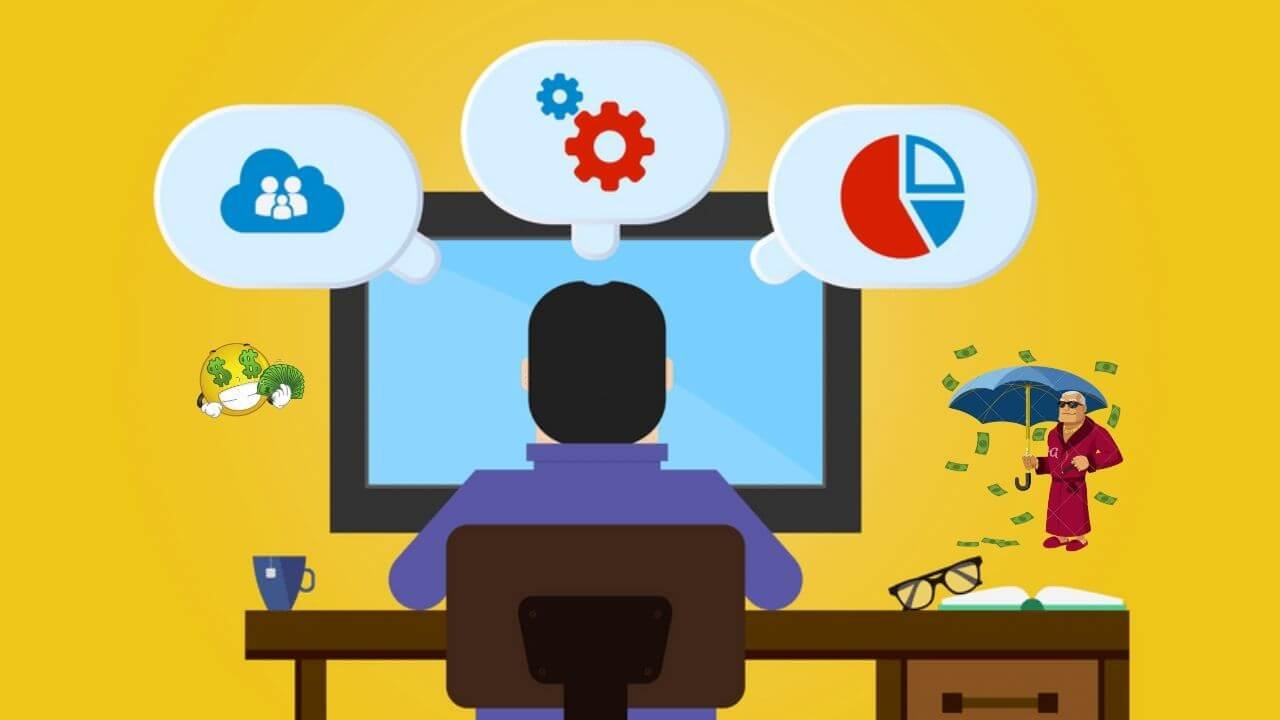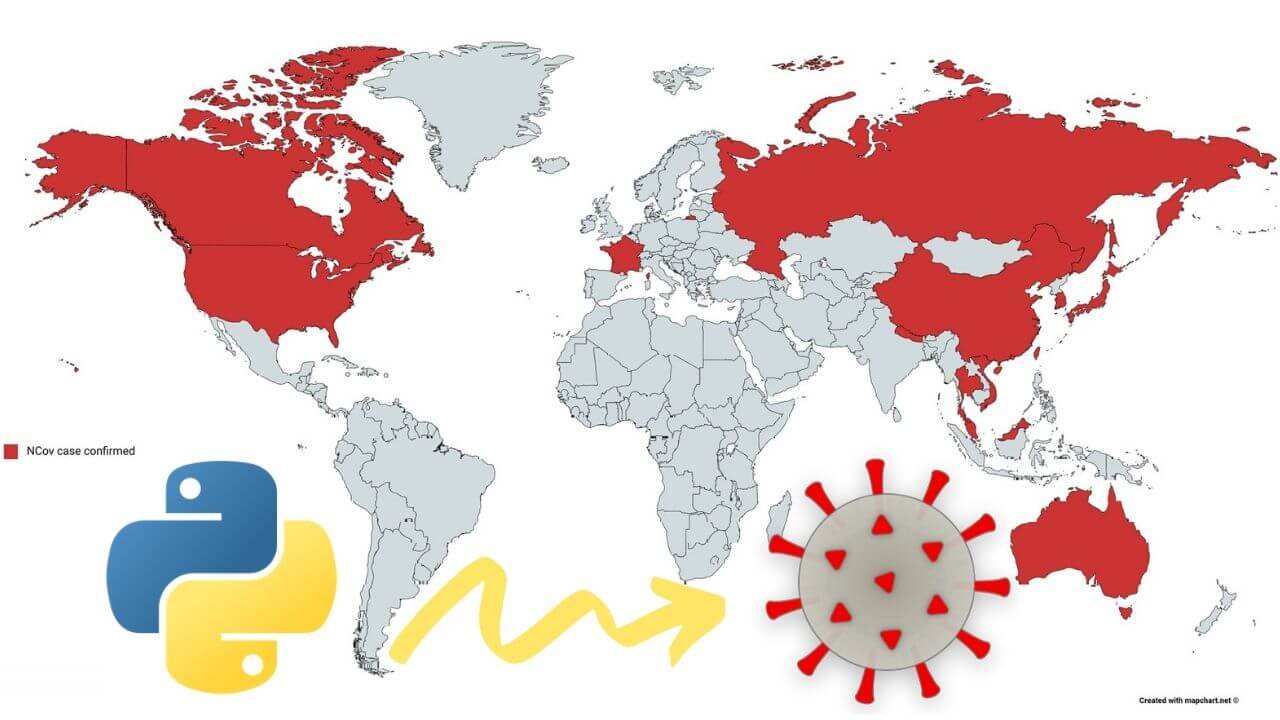As we said in our previous post related to the best math skills for every Data Scientist and Machine Learning Engineer, data science is a concept of combining statistics, data analysis, machine learning and other mathematical and artificial intelligence techniques in order to extract knowledge from a set data.
In this post, we are going to talk about the best programming skills for every Data Scientist or Machine Learning.
Keep in mind, that both of these job positions are quite different even though they employ similar skills in order you can be qualified on tasks from that nature.
But before you read these programming skills, we want to recommend to you the most important books. These books will help you become a data scientist or machine learning engineer a lot easier:
Introduction to Machine Learning with Python: A Guide for Data Scientists – Buy from Amazon
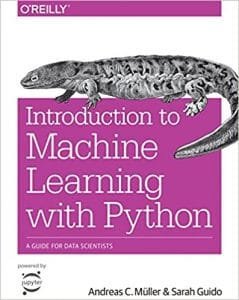
Hands-On Machine Learning with Scikit-Learn, Keras, and TensorFlow – Buy from Amazon

Best programming skills for every data scientist or machine learning engineer
Let’s see which are the best programming skills that you need if you want to be a data scientist or machine learning engineer. Don’t forget to start learning these programming languages, you will need them a lot. Now, let’s start:
Python

When we are talking about the best programming skills for a data scientist or a machine learning engineer, we must start from the number one skill. If you’ve ever coded anything than you must know at least about the existence of this programming language.
Python is an interpreted, high-level, general-purpose programming language. Python is dynamically typed and garbage-collected. It supports multiple programming paradigms, including procedural, object-oriented, and functional programming.
Python is often described as a “batteries included” language due to its comprehensive standard library.
Most of the tools and technologies that you know for doing Machine Learning, Data Mining, Visualization are written in Python or can be used by coding in Python.
One of the main advantages of its popularity in these scientific fields is the steady learning curve. Most of the programmers suggest that Python is one of the easiest languages to learn and that every beginner should start from Python.
Well, this plays well with some of the data scientists that don’t have a Computer Science background, since many of them have degrees in Math, Physics, Economics, etc.
The most used libraries are: scikit-learn, NumPy, OpenCV, TensorFlow, Keras, SciPy, Seaborn, Matplotlib, etc.
Here are three more books about Python programming language that will help you learn everything about Python and be professional:
- Python for Data Analysis: Data Wrangling with Pandas, NumPy, and IPython – Buy From Amazon
- Python Crash Course, 2nd Edition: A Hands-On, Project-Based Introduction to Programming – Buy from Amazon
- Machine Learning with Python Cookbook: Practical Solutions from Preprocessing to Deep Learning – Buy from Amazon
R

R is one of the most popular languages in the area of Data Science. In March 2020 it ranked 11th most popular language in the world according to TIOBE index.
R is a programming language, software environment for statistical computing. The R language is widely used among statisticians and data miners for developing statistical software and data analysis.
It is easy to learn and it is pretty understandable. So far we’ve used R for our university projects in Data Mining, Probability, and Statistics.
If you want to solve Probability or Statistics problems on paper, we will suggest you to try to translate those problems in R code and it will be much clearer to you how the data is connected to each other since you can do different visualizations on the results.
SQL

SQL (Structured Query Language) is a programming language designed for managing data that is stored in Relational Database Management Systems or for stream processing in Relational Database Stream Management Systems.
This language is essential for every Data Scientist since it is a very efficient way to manipulate the data by writing understandable queries.
There are many Relational Database Management Systems, that are pretty similar to each other, but in the programming culture, some of them are more appropriate for certain programming languages.
For example, you are going to see MySQL pared with PHP, MSSQL with C#, Postgresql with Python, etc.
NoSQL
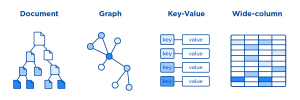
Since as a Data Scientist or Machine Learning Engineer you will probably work with data that is not traditionally structured (ex: audio, video), you are going to need sufficient knowledge and experience with NoSQL technology (database).
These technologies are very popular in real-time applications. There are four basic types of NoSQL technologies (databases): Key-value, Graph, Wide columns, and Document.
C++
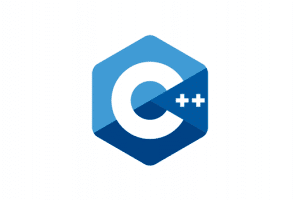
If you want to create your library, or create your algorithm or improve one that you might want to write it in C++.
C++ is widely used in Machine Learning when you want to create something on your own or you want to improve performance on something already existent since it is designed with a bias toward performance and efficiency flexibility.
It is used in Deep Learning (TensorFlow), Computer Vision (OpenCV), etc.
MATLAB
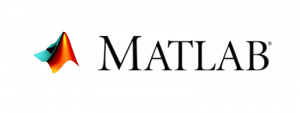
MATLAB is a multi-paradigm numerical computing environment and programming language developed. MATLAB allows matrix manipulations, plotting of functions and data, implementation of algorithms, creation of user interfaces, and interfacing with programs written in other languages.
You can use MATLAB on different occasions when you are doing your Data Science or Machine Learning Tasks.
The best MATLAB features related to Machine Learning and Data Science are:
- Point-and-click apps for training and comparing models
- Advanced signal processing and feature extraction techniques
- Automatic hyper-parameter tuning and feature selection to optimize model performance
- Automated generation of C/C++ code for embedded and high-performance applications
- Popular classification, regression, and clustering algorithms for supervised and unsupervised learning
- Faster execution than open source on most statistical and machine learning computations
Additional skills
There are many more skills that we can talk about so here we are going to just list you some libraries and languages that you can checkout.
Our suggestions are: Functional programming(Lisp, Scala), C# (ML.NET, Azure for Machine Learning, .Net for Apache Spark, Cognitive Services), Java(OpenNLP, Weka).
Conclusion
The job positions in these fields of Machine Learning and Data Science skyrocketed in recent years as well as the salaries for these job positions.
As you can see the requirements are massive and complex, so if you are contemplating if you should apply for a job position in these areas, please read our Data Science/Machine Learning Job Interview post where you can see what that experience looks like.
There are many courses online, as well as courses organized by academies that will help you understand these programming skills in a short period of time, so you can cut the long process of learning them yourself. Usually, those courses can be expensive or might require a paying subscription.
If you don’t want to pay any money, we suggest you subscribe to our website and receive notifications when we have a new post.
Please do follow us on our social media, since everything we do is free of charge forever, so we do need your support, by sharing our content with other people who want to learn new stuff for free.
We hope that this post will help you get ready for your next Data Science or Machine Learning job interview.
Like with every post we do, we encourage you to continue learning, trying and creating.





